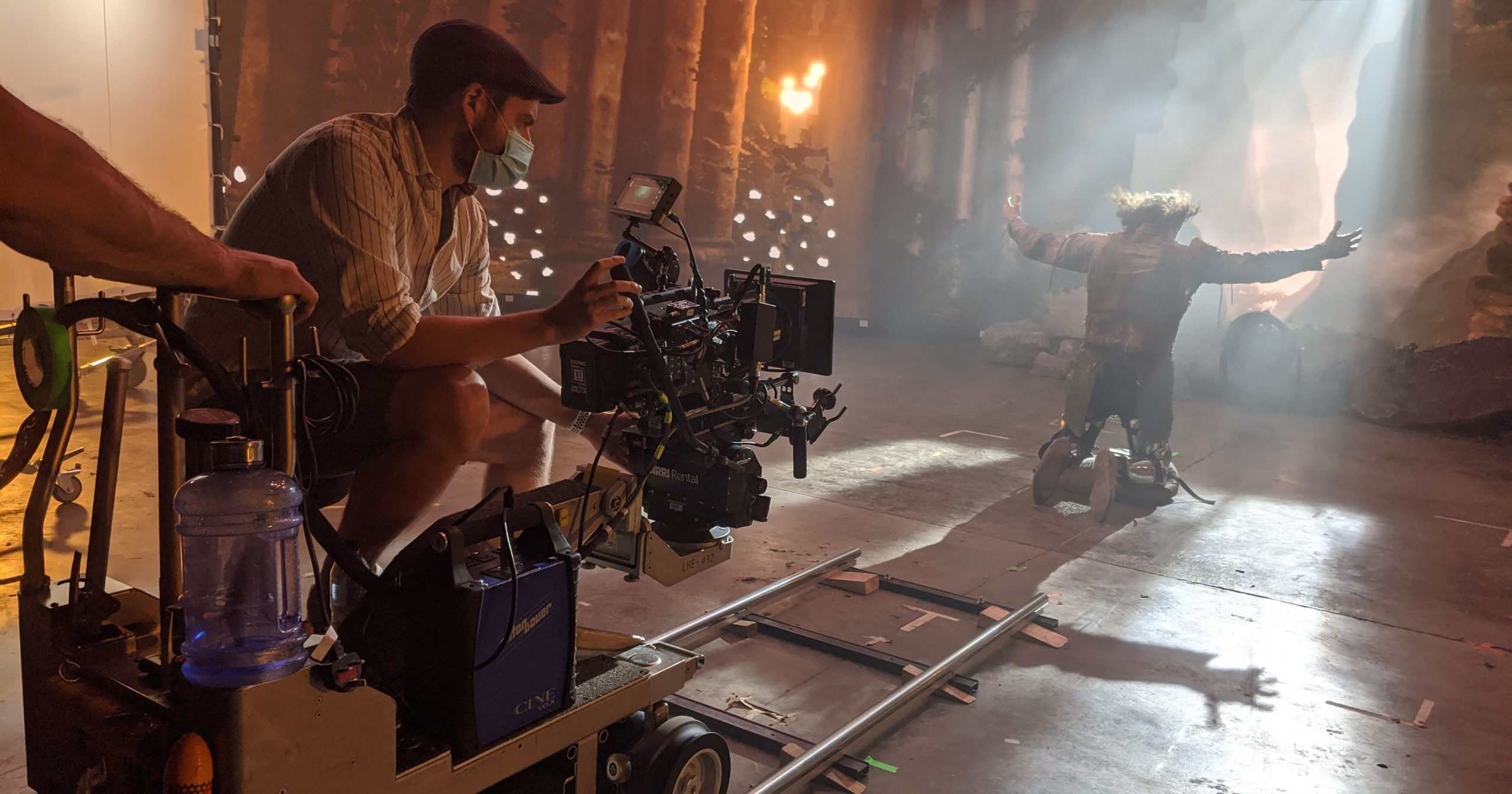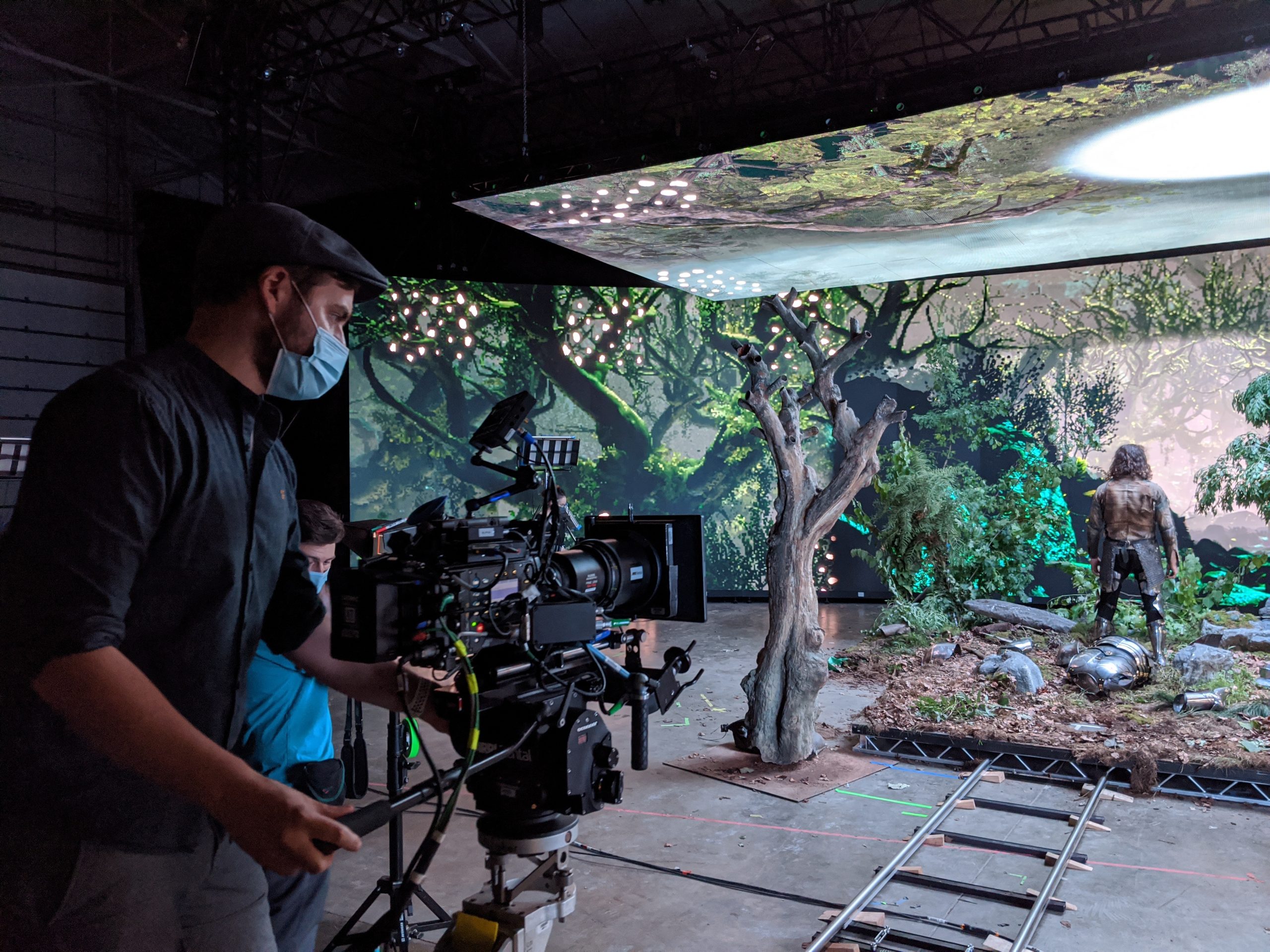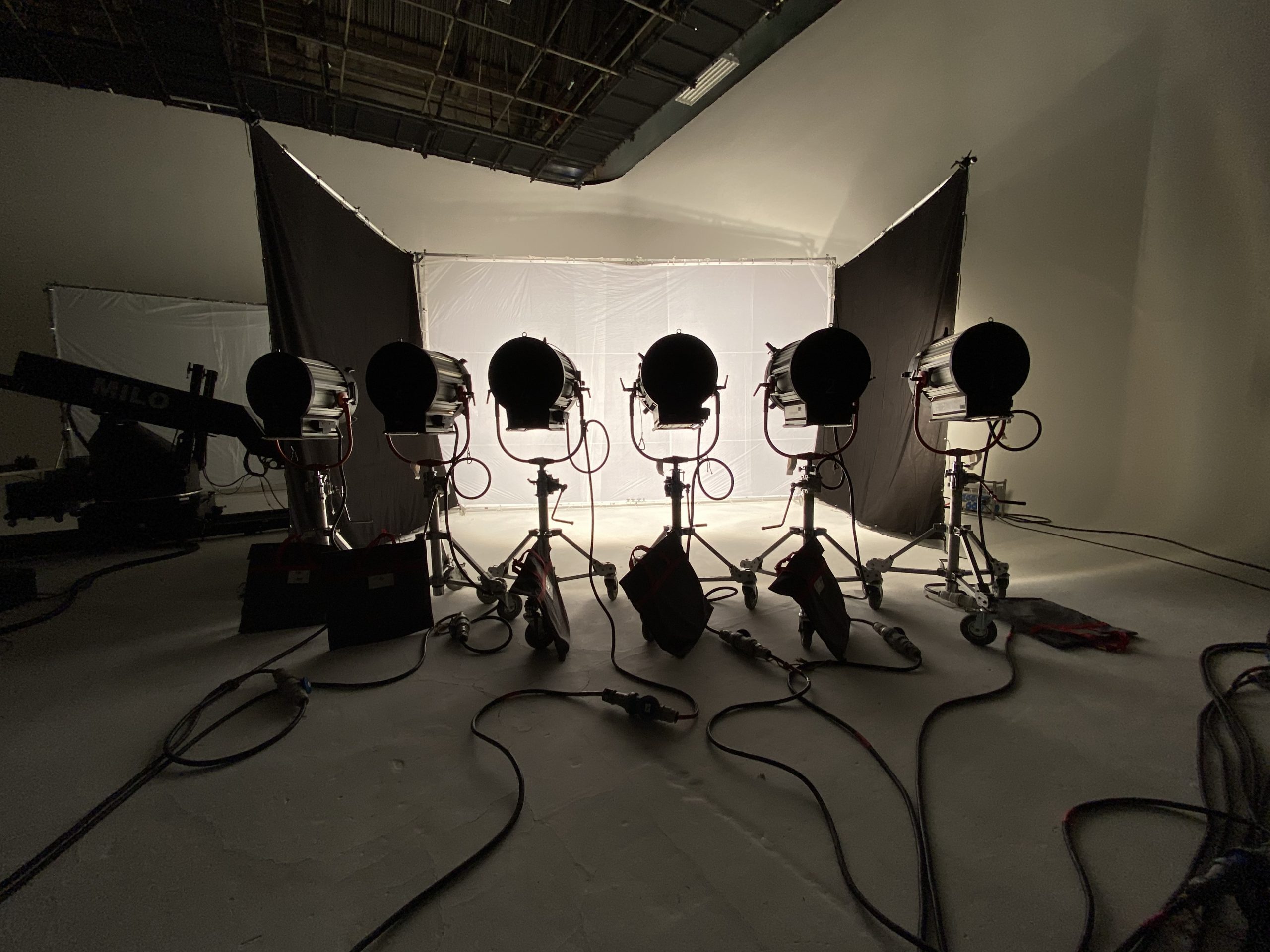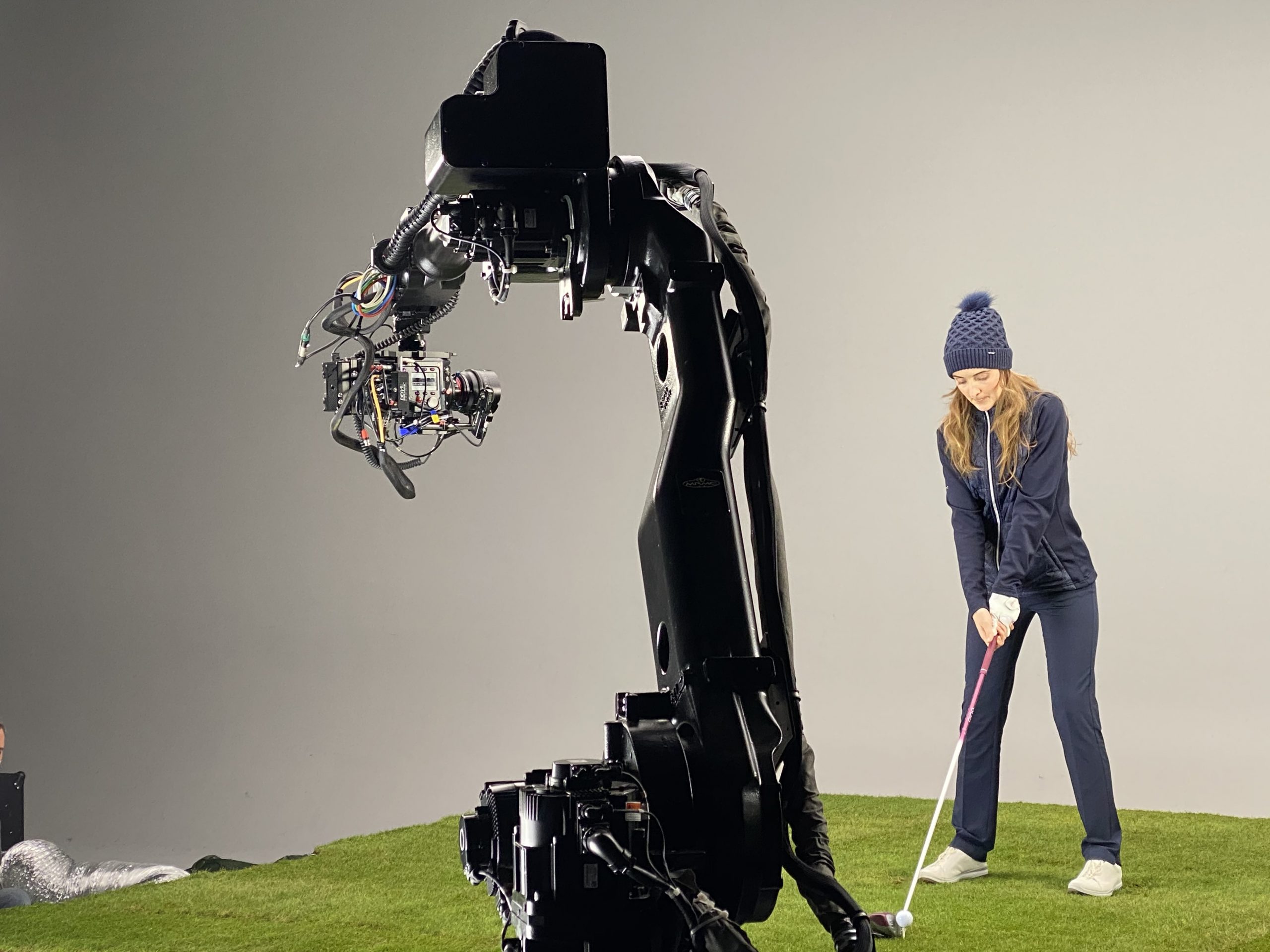
What’s the future for 120 FPS?
Posted on Aug 26, 2021 by Alex Fice
No recent innovation is as contentious as high frame rate technology. But can it be cracked, is it worth the pursuit, and what place does it hold – if any – in the future of film?
Words Lee Renwick / pictures Love High Speed & Eben Bolter
“Let me establish early, I’m very pro-technology and think the advancement of it within our industry is a great thing,” says director of photography, Eben Bolter. “It’s completely intertwined with film as an art form – more so than any other medium, I believe.
“We’ve had 120 years of motion picture at this point. In that time, innovations have come and gone. Some have worked, some haven’t. But, as it stands, high frame rate isn’t doing well.”
HFR recording is nothing new, especially in the context of the fast-moving production world. Still, there have only been a handful of western feature films screened at frame rates beyond the standard 24fps.
In recent years, Peter Jackson’s The Hobbit trilogy and Ang Lee’s Gemini Man were subject to mixed reviews from audiences and critics alike. The former took tentative steps in a new direction at 48fps, while the latter leaned into visual rarity at 120fps – five times the number of frames we’re used to. James Cameron’s Avatar sequels and Andy Serkis’s Animal Farm are set to use the technique alongside motion capture performance.
The result is difficult to describe to those yet to experience it for themselves. Some would call it smooth, others unnatural, but there’s no shortage of opinions out there. You’ll find a host of videos online comparing cinematic 24fps with 60fps and beyond.
 Innovations have come and gone... but, as it stands, high frame rate isn't doing well
Innovations have come and gone... but, as it stands, high frame rate isn't doing well
“There’s a particular experience of watching a movie that we, as humans, have evolved into,” Bolter continues. “We’ve grown up as viewers, and there’s certainly a nostalgia in that, but it teaches you how to watch a movie. You learn how to give yourself over to a story and suspend disbelief. It’s a human element that can be overlooked on the quest for innovation.
“There’s a commercial aspect to HFR, of getting people to visit cinemas and buy the latest televisions. That turns the wheel of this industry, which is a good thing, but it shouldn’t come at the cost of viewer experience. Audiences are aware now more than ever of any gimmicks.”

Bolter believes one key aspect is key to viewing engagement and enjoyment.
“The storytelling element is huge – fundamentally, that’s what film is. If you gathered around the campfire and told a fable, there’s a certain way you’d engage people. There’s an art form to it. If you included every single accurate detail in the story, it might not be so enjoyable.
“That’s my problem with HFR – it shatters the illusion and breaks the suspension of disbelief we’ve all developed. The best films draw us in with every available element, and without us realising.
“I saw The Hobbit in 48fps 3D, and it felt like I was standing on a filmset – when you’re on a set, the moment of shooting something feels very fake.
“You have to remain faithful that through the art of cinema magic – editing, lighting, score and, in my opinion, 24 frames per second – the audience will suspend their disbelief and buy into what is happening. Watching the final story is different to seeing its creation.”
For some, though, complete immersion is a good thing. Perhaps therein lies the mixed response. Even current sceptics, like Bolter, can see the potential benefit away from feature films.
“HFR’s ability to create a window of reality could have a huge future – like live sports. If you could go to a cinema and watch the World Cup final in 4K 120fps, it would be as close as possible to really being there. Live theatre, documentaries, interactive experiences like VR – they’re all ripe for this technology.”
Bolter also raises another much-discussed issue.
“A lack of motion blur is touted as an advantage of HFR, but it’s a very natural thing for us. If you were to shake your hand in front of your face, there would be blur, so when we see Tom Cruise sprinting through an airport, we expect the same to happen.
“I am very open to using the technology on a shoot and think it will catch on, so there may be more opportunities for DOPs. Finding a way to deal with motion blur would be key for me.
“There are a few other practical issues, like the necessity of more light. Many cinema cameras require you to drop the resolution at higher frame rates, too. I think that will be solved very soon.”
Ever the tactful professional, Bolter concludes: “My opinion is just that of one person. I’m curious to see where we can take it – it’s interesting that James
Cameron will put his own spin on it with the upcoming Avatar sequel. But I’m certain we have work to do before it’s a success.”

Making it slow
Frame rate must be considered in two distinct parts: capture and playback. Thus far, films have been recorded and viewed at faster-than-usual speeds. Yet, if you were to capture footage at 120fps and play it back at the standard 24fps, the result would be entirely different.
The specialist slow motion sequence is now more common and, often, much more widely praised. Love High Speed is one such company bringing this expertise to sets.
“Slow motion capture is a very powerful tool for filmmakers, for both creative and technical applications,” says company director, Stephen Price, whose credits range from the dramatic biopic Rocketman, to the action-packed Justice League.
“Wonder Woman director, Patty Jenkins, used our services during a few pivotal scenes in the film, and to a number of different effects.
“When soldiers arrive at Diana’s home and violence erupts, it’s the first time she witnesses what humans are capable of. Shown in real time, this poignant character moment would have been lost in the rapid action sequence.
“Elsewhere, we might use slow motion to dictate pace or accentuate action.”

While 120fps isn’t all that uncommon – many consumer mirrorless or DSLR cameras are capable of more – the technology used for an extreme slow motion effect is much more advanced. There is great potential, but many of the same issues that Bolter noted are even more pronounced.
To continue reading, head over to our August issue of Definition magazine.








